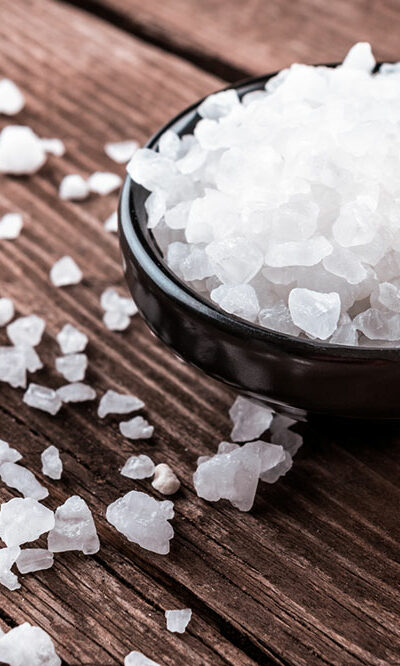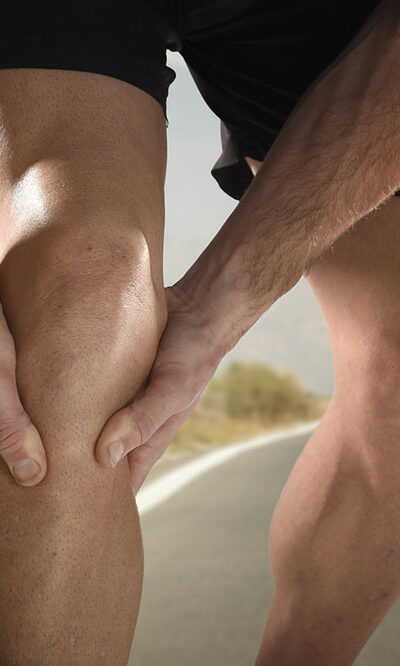12 early signs and symptoms of ALS

Amyotrophic Lateral Sclerosis, or ALS, is Lou Gehrig’s disease. It is a progressive neurodegenerative disorder that primarily affects the motor neurons in the brain and spinal cord. This leads to a gradual but inevitable decline in muscle function. As the disease progresses, individuals may face challenges in basic activities such as walking, speaking, and breathing. While there is currently no cure for ALS, early identification can significantly enhance the quality of life for those affected.
Here are a few signs to know about:
- Muscle twitching and cramping
In the initial phases of ALS, individuals may notice fasciculations, also known as involuntary muscle twitches. These sporadic movements are indicative of the underlying disruption in nerve signals. Additionally, muscle cramps may occur, causing discomfort and further highlighting the neurological changes taking place. - Difficulty swallowing
ALS can impact the muscles involved in swallowing, leading to difficulty moving food and liquids from the mouth to the stomach. This may result in coughing or choking during meals, eventually leading to proper nutrition challenges. This is also known as dysphagia. - Slurred speech
As the condition progresses, the muscles responsible for speech can weaken, which is called dysarthria. This leads to slurred or unclear speech. Changes in voice quality and difficulty articulating words become noticeable, potentially affecting communication. - Fatigue and weakness
Initially, individuals might perceive a subtle decline in overall strength, often attributed to fatigue. Simple tasks that were once routine, like lifting objects or climbing stairs, become progressively more arduous due to underlying muscle weakness. - Unexplained muscle loss
ALS can lead to an unintended and gradual loss of muscle mass. This is particularly significant when no changes in eating habits or exercise routines are observed. Monitoring body mass changes becomes important for overall health management in this condition. - Stiffness and muscle cramps
Individuals may experience muscle stiffness during the early stages, especially in the limbs. This can be mistakenly attributed to routine muscle tension. Additionally, persistent muscle cramps may be an early indication of more pronounced weakness and neurological changes. - Difficulty holding objects
ALS can affect the fine motor skills of the patient. It makes tasks like holding a pen, buttoning a shirt, or using utensils progressively more challenging. Individuals may notice a decline in their ability to perform delicate, coordinated movements. This is because of the progressive weakening of the patient’s grip. - Balance and coordination issues
As motor neurons degenerate, individuals may struggle with balance and coordination. This can lead to an unsteady gait, frequent stumbling, or difficulty with activities that require precise movements, such as dressing or navigating stairs. - Emotional and behavioral changes
Although ALS primarily impacts motor function, it can also lead to alterations in mood and behavior. Some individuals may experience symptoms of depression, anxiety, or changes in emotional expression. Addressing these psychological aspects is integral to comprehensive care. - Cognitive changes
While not a universal symptom, some ALS cases may exhibit cognitive changes. They experience a condition known as ALS-FTD, or frontotemporal dementia. This can manifest as language, decision-making, or behavioral regulation challenges, highlighting the disease’s variability. - Loss of reflexes
Some individuals may notice decreased reflex responses in the early stages of ALS. This is often observed in the clinical assessment by a healthcare professional, providing further clinical evidence.
It is crucial to recognize that ALS is a highly heterogeneous condition, and individual experiences may vary widely. Furthermore, some of these warning signs can overlap with other medical conditions, underscoring the necessity of a comprehensive medical evaluation for an accurate diagnosis. Early identification of these warning signs is pivotal for timely intervention and support.







